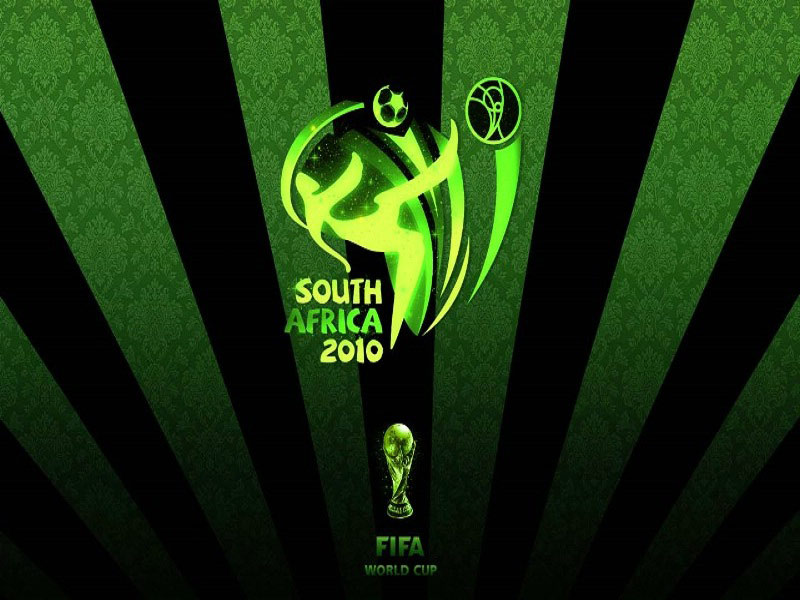2010 FIFA World Cup South Africa Network Operation

The 2010 FIFA World Cup South Africa lasted an entire month. From the Indian Ocean to the Atlantic, from the Cape of Good Hope to the Kalahari Basin, Huawei strived to help local carriers provide comprehensive and whole-process communication assurance services for 9 cities, 10 venues, 12 Fan Parks, 1 media center, and 64 games.
Market Requirements
On June 11, 2010, the much-anticipated World Cup opening game officially started in the Soccer City Stadium, around which Huawei base stations were processing the heaviest service traffic during games.
During the World Cup, Vodacom 2G and 3G networks stood the test of the traffic peaks and data flows, providing excellent network performance. In the Soccer City Stadium, the traffic peak was constantly increased from 210 Erl on June 11 to 300 Erl on July 11. Network performance remained stable even during peak traffic hours. Call times reached up to 40,000 calls, but Call Setup Success Rate (CSSR) remained 98%. The uploaded data services per hour on a single site reached 5 Gbit/s, and downloaded data services reached 9 Gbit/s.
Customer Behavior
Mobile Telephone Network (MTN) Group is one of the biggest transnational carriers in Africa. Its subnet in South Africa serves more than 17 million users with network efficiency and customer satisfaction among the best in Africa. Since 2008, Huawei has helped MTN upgrade its original networks. They used the industry-leading SingleRAN solution and deployed the UMTS 900 MHz 3G networks to support 2G and 3G co-module and smooth evolution to 3G with reduced operating expenses. This way, long-term investment was protected. In addition, they performed network tests for South Africa's first GSM&UMTS 900 MHz Refarming network.
To meet users requirements for high-speed data broadband during the World Cup, MTN enabled 14.4 Mbit/s HSDPA and 21 Mbit/s HSPA data services. Network KPIs (such as CSSR, call drop rate, and traffic capacity) in all hotspots had excellent performance without any network faults.
Customer Benefits
For this much-anticipated event, Huawei had set up assurance project teams for mainstream carriers in South Africa as early as January 2010, such as Vodacom, MTN, Telkom, and Cell C, and engaged in communication assurance. Huawei provided Vodacom and MTN with 2G and 3G services, Cell C with core network products, and Telkom with the UA5000 integrated access devices for the World Cup media center.
Huawei's World Cup communication assurance project teams developed a four-level assurance mechanism, consisting of On Site, War Room, Representative Office, and Headquarter. The preliminary assurance work lasted for more than four months. Project teams performed simulation exercises, developed detailed emergency response plans, alternative plans, and security hardening plans, as well as performed network assessment and optimization, and inspected network devices of each carrier.
During the 2010 FIFA World Cup South Africa, communication networks stood the test of traffic peaks and data flows without any network faults. Having passed these tests, the old yet young African mainland showcased itself in front of three billion viewers during the World Cup. The fast developing mobile communications enabled the world to enjoy the joys of communication and sharing.